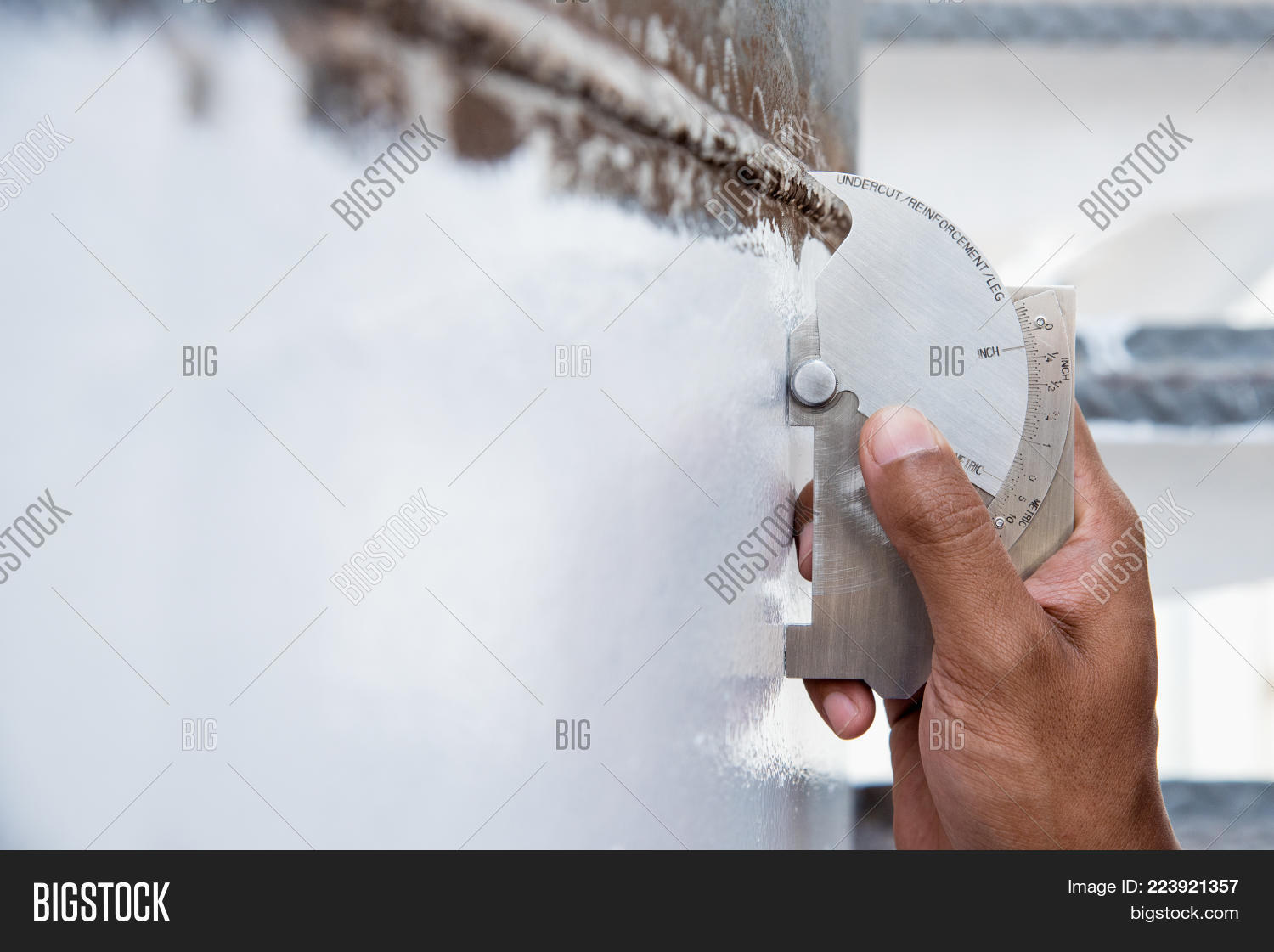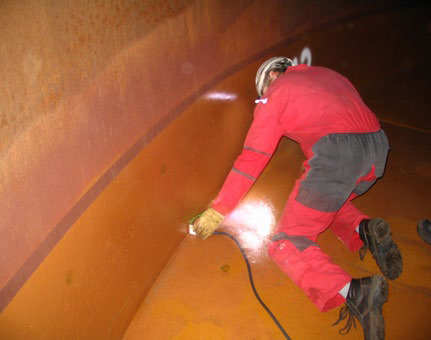The Value of Professional Tank Welding Inspection Services
The Value of Professional Tank Welding Inspection Services
Blog Article
A Detailed Overview of Tank Welding Evaluation Standards and Methodologies for Improved Weld High Quality and Performance
The importance of welding inspection criteria in the production of containers can not be overstated, as they offer as the backbone for making sure weld honesty and functional reliability. Various evaluation strategies, consisting of visual analyses and advanced non-destructive screening techniques, are crucial in determining potential flaws that might endanger efficiency.
Value of Welding Examination Specifications

Welding inspection requirements incorporate a variety of criteria, consisting of material specs, welding treatments, and qualifications of workers associated with the welding process. By enforcing these criteria, organizations can systematically determine and correct possible flaws, therefore minimizing the possibility of pricey fixings or tragic failings. Strenuous assessment methods foster a culture of responsibility and accuracy, encouraging welders to maintain high degrees of workmanship.

Usual Welding Assessment Techniques


Ultrasonic Checking (UT) is an additional widespread technique, making use of high-frequency acoustic waves to spot internal problems that may not show up on the surface. This method is especially reliable for recognizing voids or incorporations within the weld metal. Magnetic Fragment Examining (MT) is additionally commonly used, particularly for ferromagnetic products, as it discloses surface area and near-surface defects through the application of magnetic areas and ferrous fragments.
Additionally, Liquid Penetrant Screening (PT) spots surface-breaking defects by applying a penetrant to the weld and after that making use of a programmer to attract out the penetrant. Each of these techniques adds to a comprehensive examination technique, making certain that welds meet the rigorous top quality standards called for in tank building and construction.
Regulative Criteria and Compliance
Regulative standards and compliance are important elements in ensuring the security and dependability of bonded frameworks in container building and construction - Tank Welding Inspection. These standards serve to establish minimum needs for product residential or commercial properties, welding treatments, and evaluation techniques, thus minimizing the danger of structural failings and improving general performance
Key organizations, such as the American Culture of Mechanical Engineers (ASME) and the American Welding Society (AWS), provide guidelines that are commonly adopted in the sector. Compliance with these standards not just makes sure adherence to finest techniques yet likewise meets legal and legal obligations, securing the interests of stakeholders.
Regulative bodies typically mandate adherence to particular codes, such as ASME Code Section IX for welding certifications and API 650 for bonded storage tanks. These codes describe demands for welding techniques, qualifications of workers, and screening techniques to verify weld stability.
Regular audits and inspections are important to preserving compliance, as they help determine inconsistencies from established criteria. Non-compliance can lead to substantial penalties, job delays, and security hazards. Therefore, a durable understanding of governing criteria and a dedication to conformity are vital in achieving premium and sturdy welded container structures.
Non-Destructive Checking Techniques
Just how can the integrity of welded structures be ensured without causing damages? Non-destructive testing (NDT) methods use a durable service, enabling assessors to assess weld high quality without jeopardizing the material - Tank Welding Inspection. Amongst one of the most usual NDT techniques are ultrasonic screening (UT), radiographic screening (RT), magnetic particle testing (MT), and color penetrant screening (PT)
Ultrasonic testing employs high-frequency acoustic waves to identify interior flaws and define product homes. It gives accurate measurements and is particularly efficient for thick materials. Radiographic testing entails passing X-rays or gamma rays with the weld, creating photos that disclose structural flaws such as splits or spaces. This technique is important for examining the i was reading this integrity of complicated welds.
Magnetic bit screening is matched for ferromagnetic products, where electromagnetic fields expose surface area and near-surface interruptions. Dye penetrant testing uses a fluid color to highlight surface-breaking problems, making it an efficient method for non-porous products.
Each of these NDT approaches has unique advantages, enabling thorough assessments customized to certain materials and welding procedures. this content By carrying out these methods, markets can guarantee the integrity and security of bonded structures, eventually enhancing total performance.
Enhancing Weld Top Quality Via Assessment
Effective assessment plays a vital role in enhancing weld quality, functioning as a crucial checkpoint in the manufacture procedure. By recognizing prospective issues early, examinations minimize the threat of compromised structural integrity and guarantee compliance with industry criteria. Using a combination of aesthetic examinations, non-destructive screening (NDT) methods, and mechanical evaluations, assessors can find concerns such as porosity, fractures, and incomplete fusion.
Applying a robust inspection procedure not only enhances the total top quality of welds but likewise cultivates a society of responsibility amongst welders and fabricators. Regular training and certification of assessment personnel ensure that they are furnished with the necessary abilities to recognize and address prospective problems efficiently. This aggressive approach minimizes rework and linked costs, inevitably adding to forecast efficiency.
In addition, thorough documents of examination searchings for supplies useful understandings into repeating concerns, helping with continuous improvement in welding techniques. By leveraging innovative innovations, such as try this web-site automated ultrasonic testing or digital radiography, weld high quality can be enhanced through extra exact analyses. To conclude, an extensive evaluation procedure is essential in accomplishing top notch welds, making sure safety, reliability, and durability in container manufacture.
Final Thought
To conclude, the implementation of strenuous tank welding inspection requirements and techniques is crucial for guaranteeing weld stability and performance. By using a combination of visual inspections, non-destructive testing approaches, and adherence to regulatory standards, organizations can successfully identify and minimize possible issues. Cultivating a culture of accountability among welders additionally improves the high quality of welding processes. Inevitably, these practices add to reduced structural failings, reduced repair costs, and enhanced operational performance within the sector.
Report this page